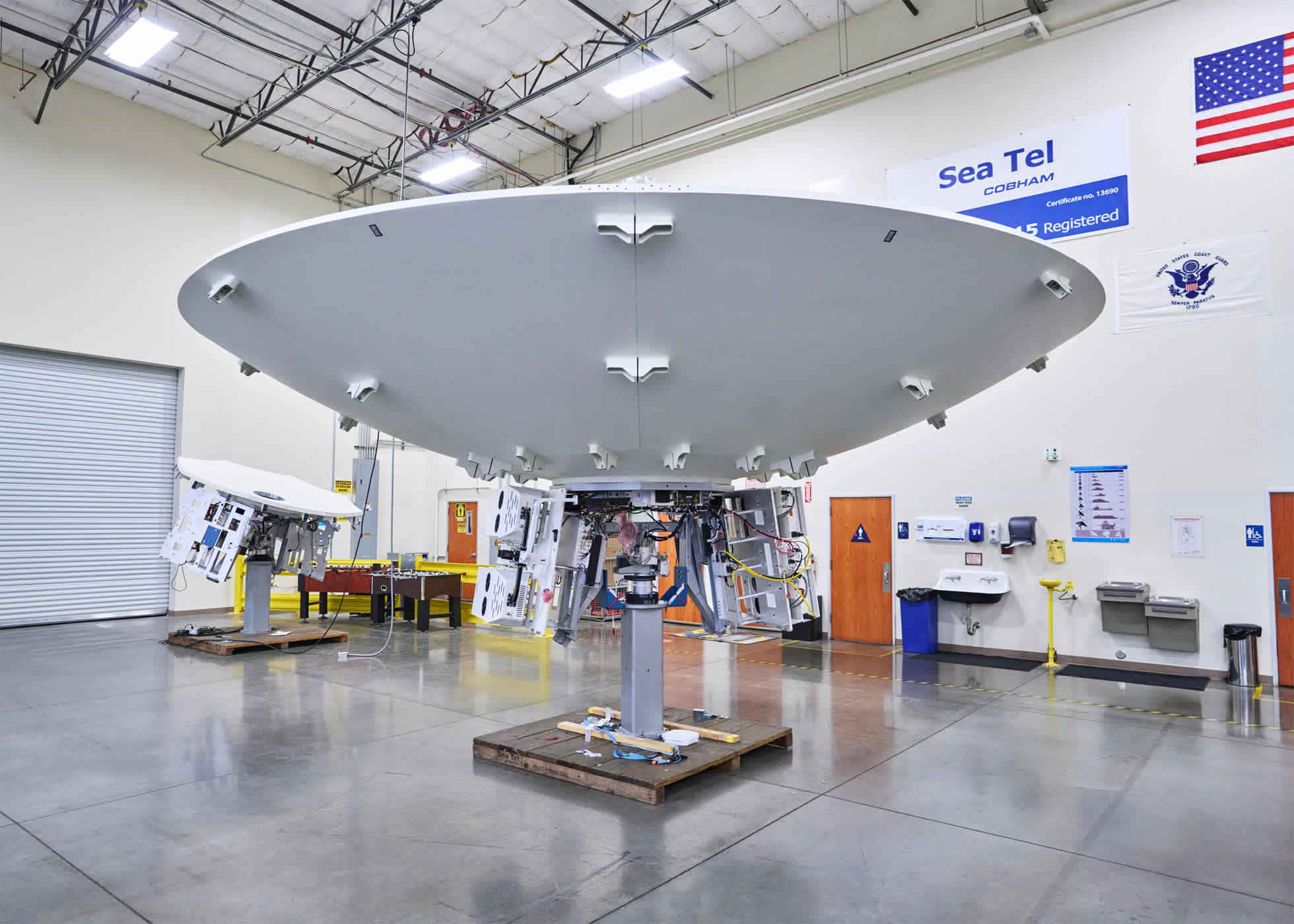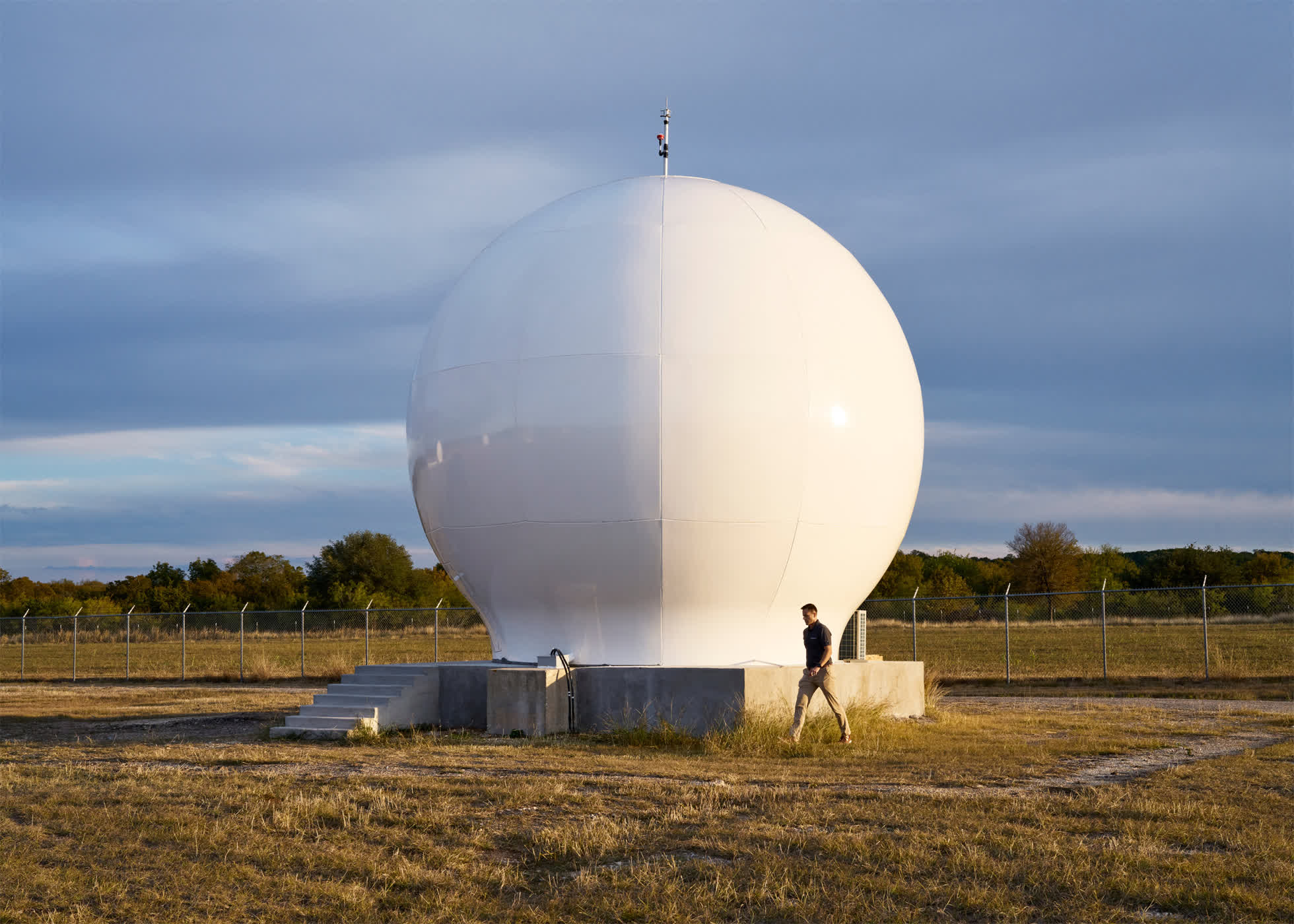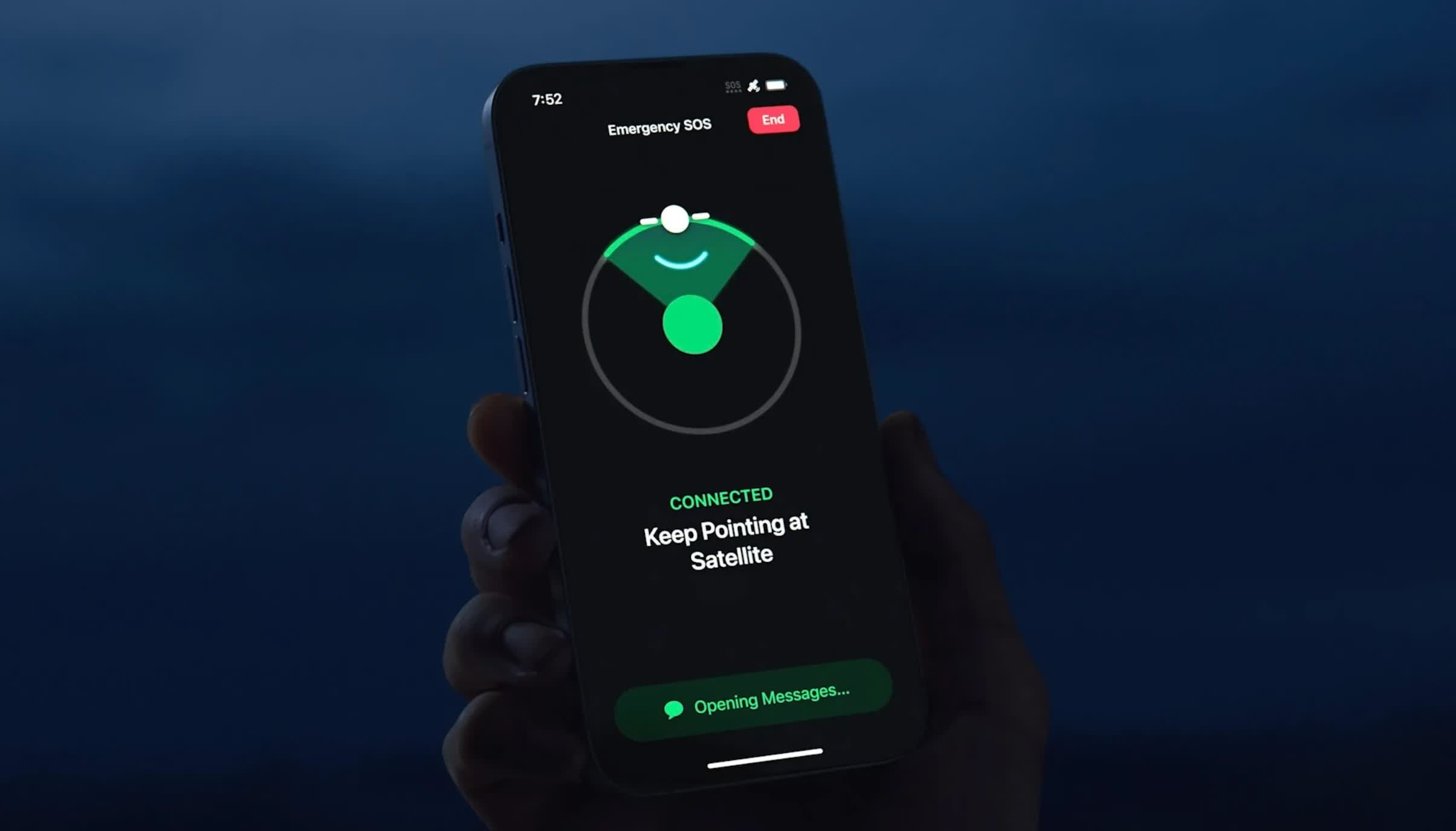In a nutshell: Apple's Emergency SOS via satellite service is scheduled to launch later this month in the US and Canada. Once online, iPhone 14 and iPhone 14 Pro models will be able to connect directly to satellites orbiting Earth in order to communicate with emergency services when outside of cellular or Wi-Fi coverage.
Apple has revealed an initial investment of $450 million to get its Emergency SOS via satellite feature up and running later this month.
The money will come from Apple's Advanced Manufacturing Fund, which launched with an initial pool of $1 billion to help boost manufacturing jobs in the US. Gorilla Glass maker Corning was among the first recipients, receiving a $200 million investment in mid-2017 to help with research and development, capital equipment needs and glass processing.
Apple said most of the funding will go to Globalstar, its primary partner on the project. The money will be used to provide critical improvements to the company's network of satellites and ground stations. Cupertino said more than 300 Globalstar employees are currently working on the venture.

Emergency SOS via satellite was announced as a standout feature during the iPhone 14 introduction in September. It will use spectrum in the L and S bands that is specifically designated for mobile satellite services by ITU Radio Regulations.
When an iPhone user makes an Emergency SOS via satellite request, it is beamed to one of 24 low Earth orbit (LEO) satellites before being routed to one of many ground stations worldwide equipped with high-power antennas designed and manufactured for Apple by Cobham Satcom. Once received, the message will then be dispatched to the proper emergency service or a relay center if local services are unable to receive text messages.

Globalstar installed multiple antennas at each of its existing ground stations, including its newest facilities in Hawaii and Nevada. The feature can also be used to manually share your location with Find My to provide a sense of security while hiking or camping off the grid.
